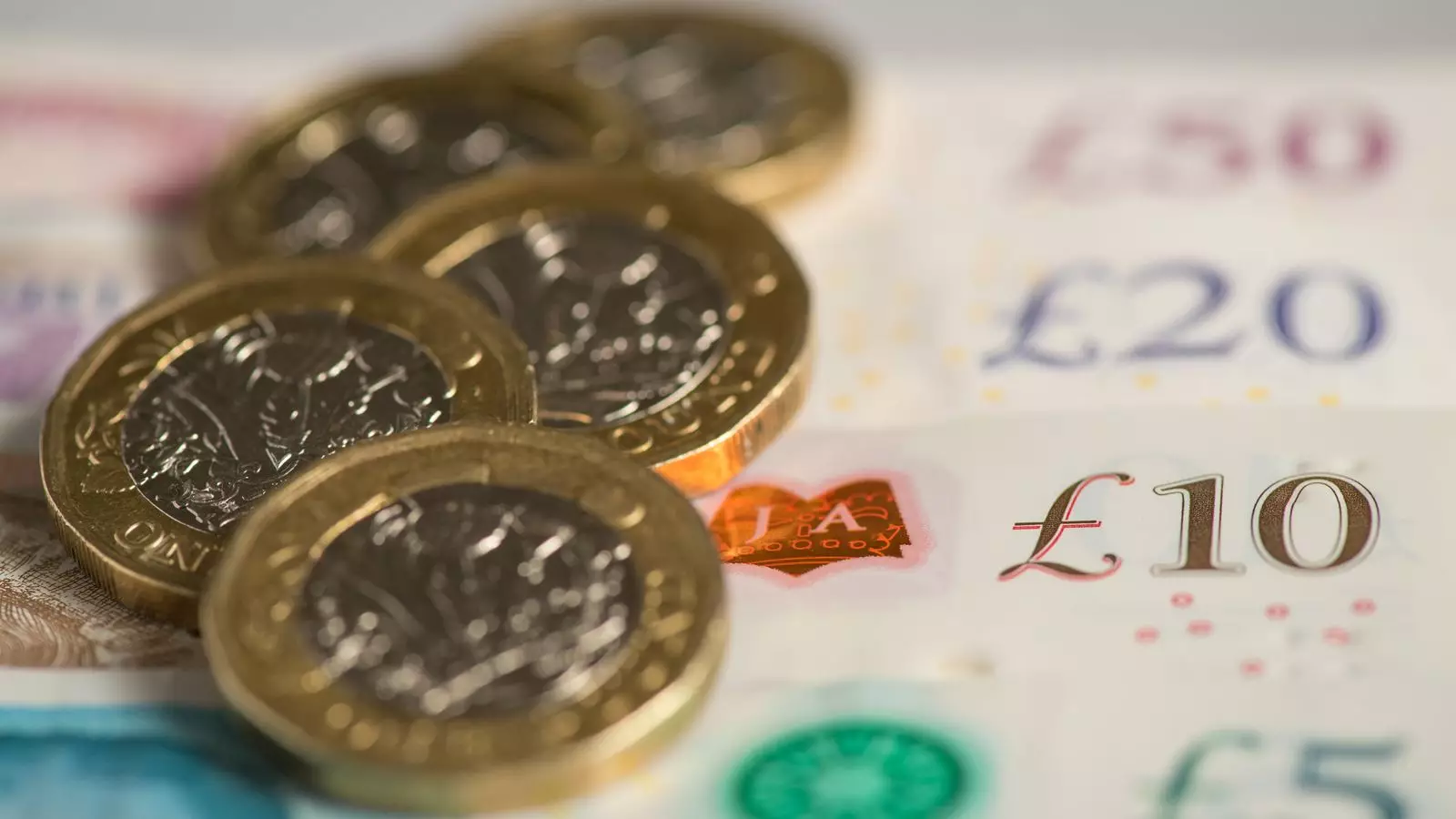After a period of economic turmoil, the UK economy is showing signs of recovery. According to the Office for National Statistics (ONS), Gross Domestic Product (GDP) grew by a better-than-expected 0.6% between January and March. This growth exceeded economists’ predictions, who had forecasted a figure of 0.4%. Prime Minister Rishi Sunak hailed the news as evidence that the economy had “turned a corner” and emphasized the importance of sticking to the plan despite ongoing challenges faced by many individuals.
The recent growth in GDP can be attributed to various factors. Months of wet weather had previously kept consumers at home, leading to reduced spending power amid high inflation and energy bills. However, in March, the economy saw a 0.4% growth, which was higher than the expected 0.1%. The boost in GDP was driven by increased activity in sectors such as retail, public transport, health, and car manufacturing. These improvements were partially offset by weakening activity in the construction sector.
While government officials have lauded the recent economic growth as a positive sign, opposition parties have taken a more critical stance. Labour’s shadow chancellor Rachel Reeves highlighted that the economy is still £300 smaller per person compared to the start of Rishi Sunak’s tenure. Similarly, the Liberal Democrats Treasury spokesperson Sarah Olney criticized the Conservative government for previous economic missteps that led to hardships for households. The differing viewpoints underscore the political divide in interpreting the current state of the economy.
According to Liz McKeown, the ONS’s director of economic statistics, there was broad-based strength across various service industries contributing to the GDP growth. Sectors like retail, public transport, health, and car manufacturing performed well, signaling positive momentum. Additionally, Ruth Gregory from Capital Economics suggested that the UK’s economic recovery might be stronger than initially anticipated. Early indicators point to robust GDP growth in April, potentially alleviating the need for immediate interest rate cuts by the Bank of England. However, the timing of monetary policy decisions will be contingent on future inflation and labor market data releases.
In light of the recent economic developments, the Bank of England held interest rates at 5.25% and revised its forecasts for the UK economy. The Bank projected stronger growth for the year ahead, with lower unemployment and inflation rates than previously projected. This suggests that policymakers are cautiously optimistic about the trajectory of the economy, considering the recent positive data indicators.
Overall, the recent growth in GDP and positive economic indicators provide a glimmer of hope for the UK economy. While challenges remain, such as ongoing inflation concerns and global economic uncertainties, the signs of recovery are a welcome change from the previous recessionary trends. It will be crucial for policymakers to monitor future economic data closely and make informed decisions to support sustained economic growth in the months ahead.

Leave a Reply